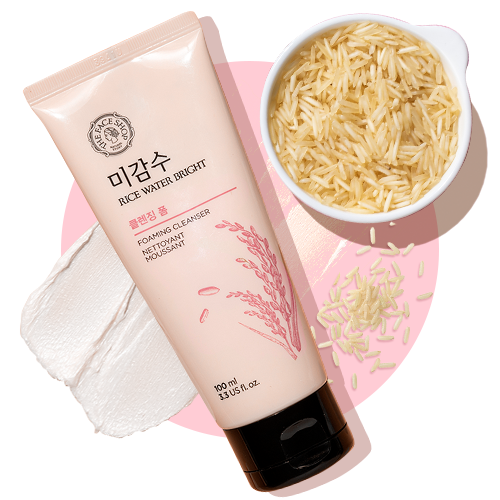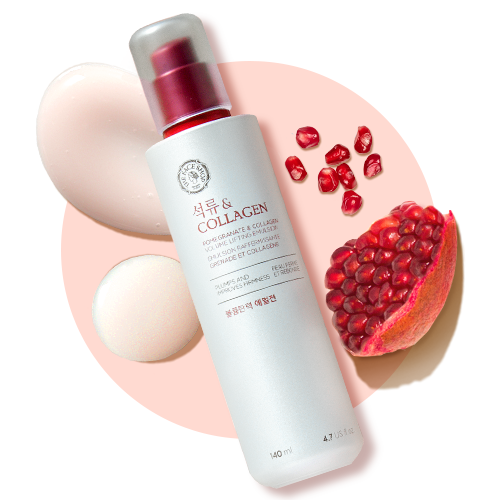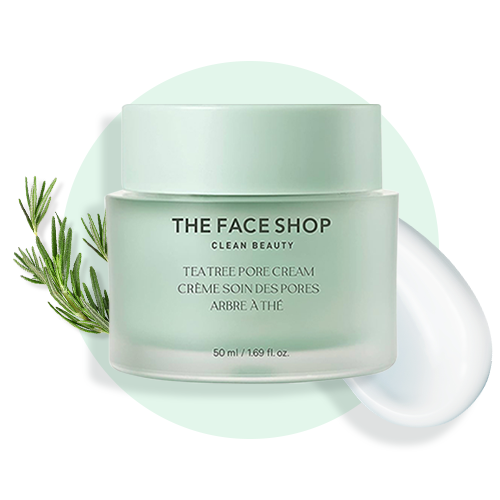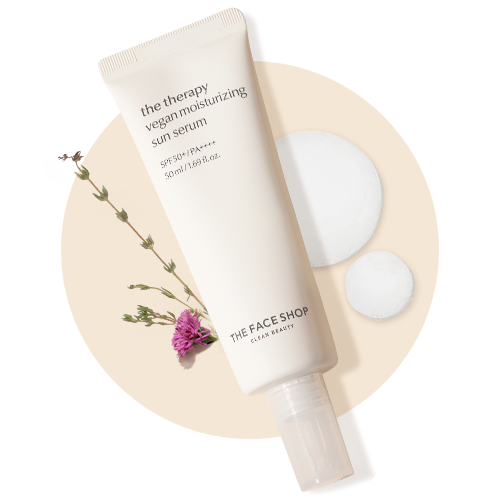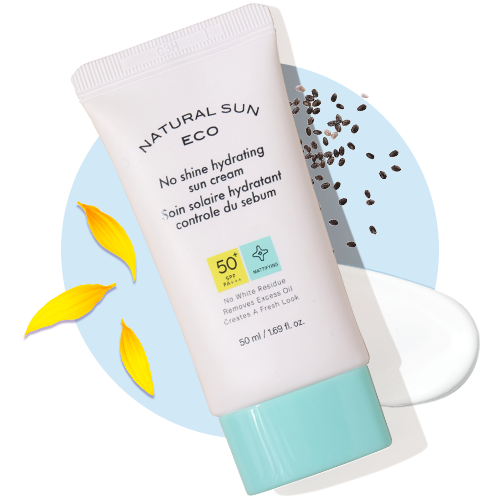What Makes Combination Skin So Tricky?
Combination skin occurs when your sebaceous glands produce different amounts of oil across your face. Your T-zone (forehead, nose, and chin) has more oil glands, making it prone to shine, enlarged pores, and occasional breakouts. Meanwhile, your cheeks and outer face areas have fewer oil glands, leading to dryness, tightness, and sometimes flaking.
This dual nature means you need targeted solutions that can address both concerns without disrupting your skin's natural balance.
The Science Behind Serum Selection for Combination Skin
Key Ingredients That Work
Niacinamide (Vitamin B3): This powerhouse ingredient is perfect for combination skin because it regulates sebum production in oily areas while strengthening the skin barrier in dry zones. Research shows niacinamide can reduce oil production by up to 30% while improving hydration levels.
Hyaluronic Acid: Despite its name, this isn't an exfoliating acid. Instead, it's a humectant that can hold up to 1,000 times its weight in water. It provides lightweight hydration that won't clog pores in your T-zone while deeply moisturizing dry areas.
Salicylic Acid (BHA): Oil-soluble and perfect for penetrating pores in your T-zone, salicylic acid helps prevent blackheads and breakouts without over-drying surrounding areas.
How to Layer Serums for Combination Skin
The Strategic Approach
- Start with the thinnest consistency: Always apply water-based serums before oil-based ones
- Target specific areas: You don't need to apply every serum to your entire face
- Wait between layers: Give each serum 30-60 seconds to absorb before applying the next
- Follow the pH rule: Apply lower pH products (like vitamin C) before higher pH ones (like niacinamide)
Morning Routine
- Cleanser: Gentle, pH-balanced cleanser
- Toner: Hydrating toner for overall balance
- Serum 1: Niacinamide serum (full face)
- Serum 2: Hyaluronic acid (focus on dry areas)
- Moisturizer: Lightweight, non-comedogenic formula
- Sunscreen: Broad-spectrum SPF 30+
Evening Routine
- Double cleanse: Oil cleanser followed by water-based cleanser
- Toner: Same as morning
- Serum 1: Salicylic acid (T-zone only, 2-3 times per week)
- Serum 2: Hyaluronic acid (dry areas)
- Moisturizer: Slightly richer formula for overnight repair
Top Serum Combinations for Different Concerns
For Pore Control and Hydration
Combine niacinamide with hyaluronic acid. The niacinamide minimizes pore appearance in your T-zone while hyaluronic acid plumps and hydrates dry areas. This combination works synergistically – niacinamide helps regulate oil production while hyaluronic acid ensures your skin doesn't overcompensate by producing more oil.
For Acne-Prone Combination Skin
Use salicylic acid in your T-zone and a gentle, hydrating serum on your cheeks. Never apply salicylic acid to already-dry areas, as this can cause irritation and flaking.
For Anti-Aging and Balance
Vitamin C in the morning (full face) paired with a ceramide-rich serum can help protect against environmental damage while maintaining your skin barrier. The [2 Step Rice & Ceramide Moisturizing Combo](https://thefaceshop.in/products/2-step-rice-ceramide-moisturizing-combo) offers an excellent foundation for this approach, providing both hydration and barrier repair.
Common Mistakes to Avoid
Over-Treating Your T-Zone
Just because your T-zone is oily doesn't mean it needs harsh treatment. Over-cleansing or using too many active ingredients can actually trigger more oil production as your skin tries to compensate.
Neglecting Your Dry Areas
Don't assume that because part of your face is oily, you don't need hydration. Dehydrated skin can actually increase oil production in your T-zone.
Using the Same Products Everywhere
Your combination skin needs a combination approach. It's perfectly fine – and often necessary – to use different products on different areas of your face.
Building Your Serum Wardrobe
Essential Serums for Combination Skin
- A good niacinamide serum (5-10% concentration)
- Hyaluronic acid serum (multiple molecular weights for deeper penetration)
- Gentle BHA serum (0.5-2% salicylic acid)
- Vitamin C serum (for morning antioxidant protection)
How to Introduce New Serums
Start with one new serum at a time, using it every other day for the first week. This helps you identify any reactions and allows your skin to adjust gradually.
Seasonal Adjustments
Summer Strategy
Focus more on oil control and lightweight hydration. Your T-zone might need more frequent BHA treatments, while your cheeks might need less heavy moisturizing.
Winter Approach
Even your T-zone might need more hydration during colder months. Consider reducing BHA frequency and increasing hyaluronic acid application.
When to See Results
Most people notice initial improvements in skin texture and hydration within 2-4 weeks of consistent serum use. For more significant changes like reduced pore appearance or improved skin tone, allow 6-8 weeks of regular use.
The Bottom Line
Combination skin doesn't have to be complicated. The key is understanding that different areas of your face have different needs and treating them accordingly. With the right serums and a strategic approach, you can achieve balanced, healthy-looking skin that's neither too oily nor too dry.
Remember, consistency is more important than perfection. Start with basic serums like niacinamide and hyaluronic acid, then gradually build your routine based on your skin's response. Your combination skin can become your superpower – you just need the right tools to manage it effectively.
Ready to start your combination skin journey? Consider beginning with gentle, proven formulations that address both hydration and balance for optimal results.
